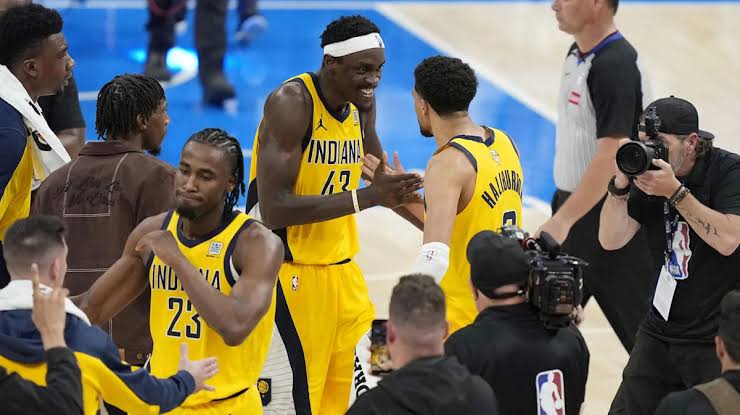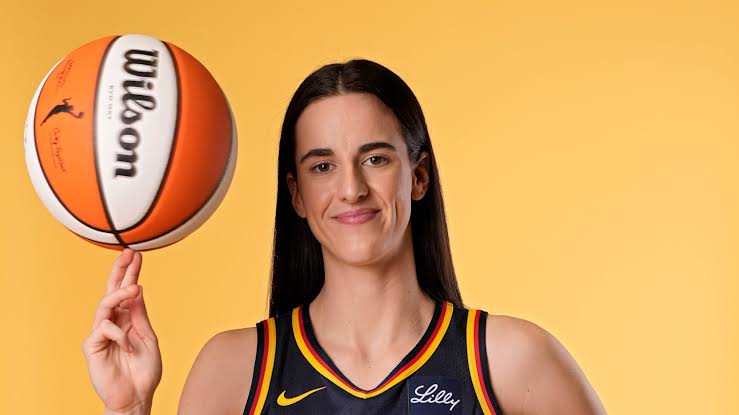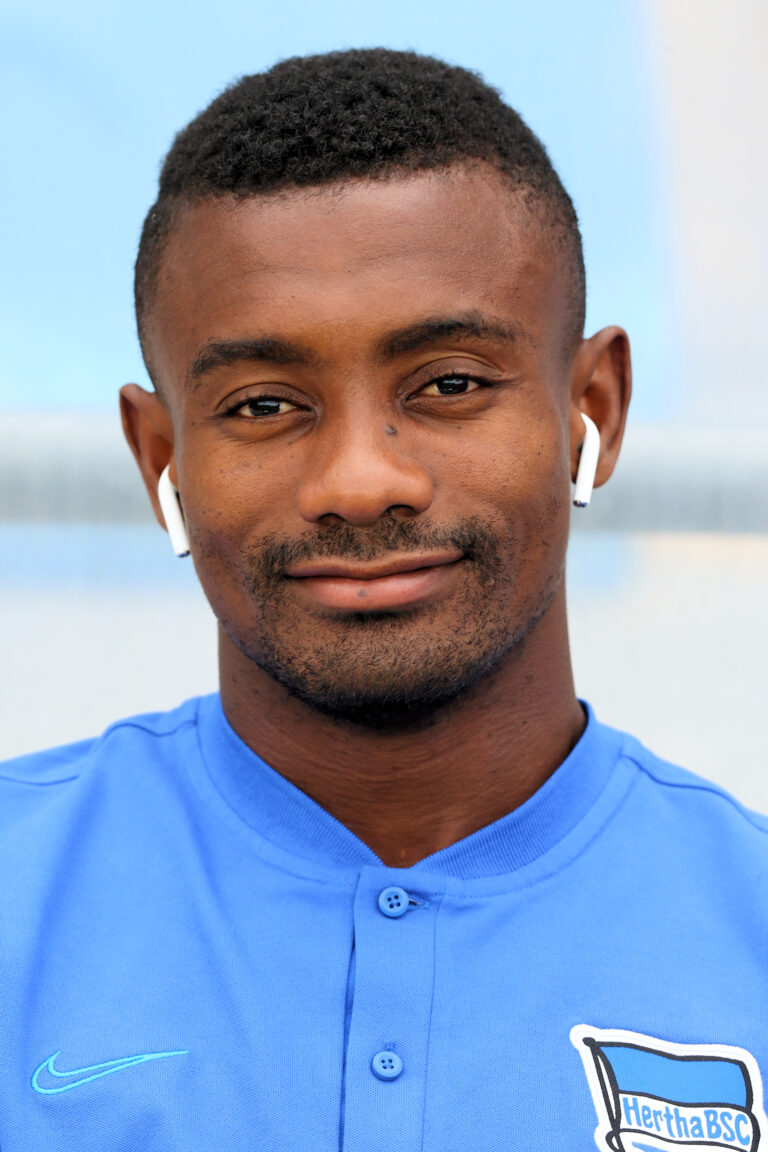
Indiana’s dynamic trio has rewritten Finals history. First, Tyrese Haliburton solidified his role as the epitome of clutch performance in Game 1 by drilling a 0.3‑second buzzer‑beater to cap a 15‑point comeback—marking the latest game‑winner in Finals history since Michael Jordan in 1997 (talksport.com). That shot not only snapped an 0‑182 trend but also signaled Haliburton’s emergence alongside the greats.
T.J. McConnell then erupted in Game 6, posting 12 points, 9 rebounds, 6 assists, and 4 steals to spark a 17‑point blowout—becoming the first bench player since 1970 to amass at least 60 points, 25 assists, and 15 rebounds across a Finals series (talksport.com, wsj.com). His performance shifts the narrative: Finals success isn’t just powered by stars—every roster piece can tip the scales.
Pascal Siakam’s Eastern Conference Finals MVP further reflects this evolution. Averaging 24.8 points and earning five of nine votes over Haliburton, Siakam’s consistency in delivering 30‑point games under pressure underscores a shift toward valuing steady high-impact play alongside flash‑in‑the‑clutch heroics .
Historically, Finals MVPs and clutch performers have often been top-of-the-line superstars. But this Indiana showcase tells another story: a cohesive system where moments of brilliance—Haliburton’s shot, McConnell’s spark, Siakam’s steadiness—all combine to shape destiny. It reflects the modern NBA’s embrace of depth, versatility, and selflessness, rather than reliance on a single transcendent star.
In the context of NBA championships, where narratives often focus on marquee names, this trio’s rise signals a new era. Indiana’s journey—anchored in historical buzzer‑beaters, veteran grit, and balanced excellence—might just be the blueprint of how contemporary championships are won.






